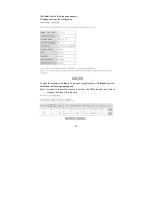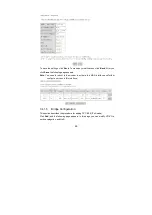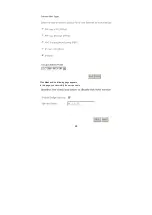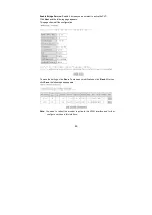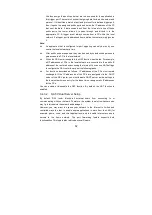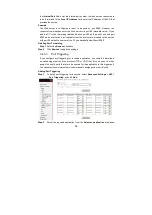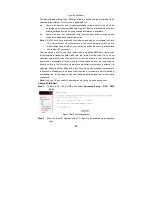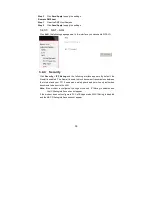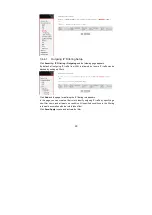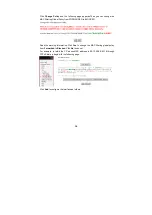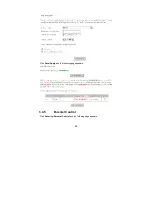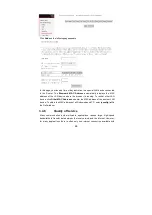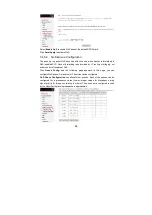
53
The port forwarding page is used to define applications that require special
handling by DSL router. All you need to do is to select the application protocol and
the local IP address of the computer that is using or providing the service. If
required, you may add new protocols in addition to the most common ones
provided by DSL router.
For example, if you wanted to use a file transfer protocol (FTP) application on one
of your PCs, you would simply select FTP from the list and enter the local IP
address or host name of the designated computer. All FTP-related data arriving at
DSL router from the Internet henceforth is forwarded to the specific computer.
Similarly, you can grant Internet users access to servers inside your home network,
by identifying each service and the PC that provide it. This is useful, for example, if
you want to host a Web server inside your home network.
When an Internet user points his/her browser to DSL router external IP address,
the gateway forwards the incoming HTTP request to your Web server. With one
external IP address (DSL router main IP address), different applications can be
assigned to your LAN computers, however each type of application is limited to use
one computer.
For example, you can define that FTP uses address X to reach computer A and
Telnet also uses address X to reach computer A. But attempting to define FTP to
use address X to reach both computer A and B fails. DSL router, therefore,
provides the ability to add additional public IP addresses to port forwarding rules,
which you must obtain from your ISP, and enter into the IP addresses pool. Then,
you can define FTP to use address X to reach computer A and address Y to reach
computer B.
Additionally, port forwarding enables you to redirect traffic to a different port instead
of the one to which it was designated. For example, if you have a Web server
running on your PC on port 8080 and you want to grant access to this server to any
one who accesses DSL router via HTTP.
To accomplish this, do as follows:
Step 1
Define a port forwarding rule for the HTTP service, with the PC IP or host
name.
Step 2
Specify 8080 in the
Forward to Port
field.
All incoming HTTP traffic is forwarded to the PC running the Web server on port
8080. When setting a port forwarding service, ensure that the port is not used by
another application, which may stop functioning. A common example is when using
Summary of Contents for W3100V
Page 1: ...W3100V One port ADSL 2 Wireless Router User Manual ...
Page 24: ...23 Click Reset Statistics at the bottom to restore the values to zero and recount them ...
Page 26: ...25 ...
Page 49: ...48 Click Next and the following page appears In this page you can modify the service name ...
Page 133: ...132 ...



